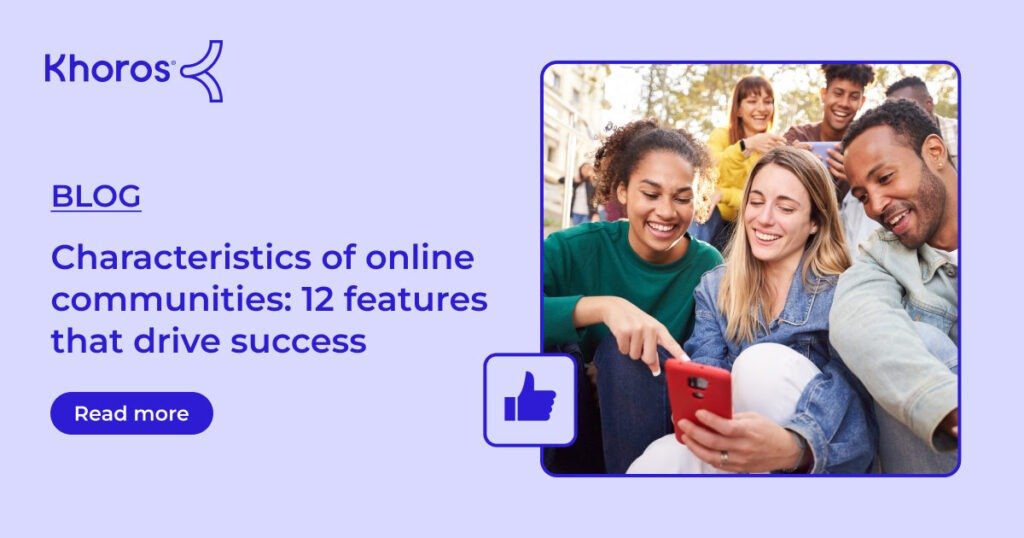
Sage advice holds that any activity which can be automated should be. Use chatbots and automation tools to automate repetitive tasks and free community managers for more hands-on work.
Keep tabs on deadlines and streamline administrative tasks with visual project management tools like Trello. Kanban-style boards allow teams to collaborate more efficiently while creating and sharing content.
Social Media Management
Social media management software assists brands in remaining engaged with their audience by automating many of the processes involved with posting content across various platforms. This allows more time to be spent creating high-quality material and monitoring results of each campaign.
Not only can these tools aid content production, they can also assist customer service representatives by offering rapid responses to queries and complaints. Likewise, these tools can identify potential crisis situations and react swiftly in order to contain negative sentiment before it escalates further.
Some of the most widely-used social media management tools include SproutSocial, Hootsuite, CoSchedule and Buffer – each offering various features to manage content across platforms and monitor performance with analytics. Some features may include scheduling posts with visual calendars; an RSS feed that automatically shares relevant news articles; as well as monitoring for conversations about your brand, keywords or competitors or hashtags.
eClincher provides an efficient means of monitoring and responding to social media comments quickly and efficiently, as well as chatbot functionality to connect customers with representatives for assistance with any issues they might be having. Other features of the platform include an inbox with a single view of all client messages, messaging queue, content suggestion engine and workflows designed to ensure content approval by relevant personnel before publication.
Analytics and Reporting
Successful online communities require various tools. From managing comments, nurturing forums, and working with internal teams – to growing authentic connections that ensure customer accessibility – each one plays an essential part in creating customer loyalty, word of mouth marketing, and sales growth.
To accurately understand how a brand is received by its community, it’s crucial to measure engagement levels, evaluate user-generated content, and track growth of community members. Google Analytics offers a comprehensive view into an online community’s health – such as traffic and conversion data as well as insights into its performance to help brands improve performance.
Community management involves ensuring a brand has enough internal resources to effectively handle interactions, particularly during an intense period or event. Establishing an escalation schedule and assigning team members to monitor and reply to posts can help manage a community effectively; sharing this information with members ensures everyone knows when responses will come and who their go-to person for specific topics or queries is.
If a company wants to capitalize on their community, a membership app such as Thinkific provides organizations with an efficient means of setting up and managing private spaces for community conversations while offering digital products like subscription tiers or product roadmaps as well as additional benefits for high-value community members.
Community Management Tools
The best community management tools allow you to oversee all aspects of an online community, including moderation, engagement and customer service. In addition, these tools provide you with a way to monitor and respond to conversations happening about your brand in social media groups or forums where its target audience interacts.
Some of these tools operate independently while others form part of an overall suite of marketing tools. For example, both Sprout Social and Hootsuite offer social media management and monitoring features, including one centralized inbox for managing mentions of your brand across multiple social channels. Others like NapoleonCat and Awario provide powerful search and discovery features which enable users to discover conversations about your brand across various channels within one platform.
Other community management tools include branded discussion forums, which allow customers and potential customers to ask their team any queries they have, while simultaneously offering quick and easy solutions for common questions while offering insight into ways of improving products or services. You could also use membership apps as another form of community building; many come equipped with built-in analytics tools so you can gauge its success.
Collaboration Tools
Online collaboration tools enable teams to work on digital projects efficiently even if they do not share physical workspace. Furthermore, these tools can streamline content production processes while maintaining team cohesion.
No matter the size or composition of your team, finding an optimal collaboration solution is of utmost importance. While certain tools may fulfill all your requirements, others might be better-suited to specific tasks or industries. To find the optimal collaboration tool for you team, think carefully about your work activities and preferred collaboration processes before selecting your tool of choice.
Community management encompasses many facets, such as monitoring social media channels, creating engaging online content and nurturing brand communities to increase audience engagement. A good community management tool should be adaptable enough to meet your team’s demands; to accommodate the size and workload volume, look for features like prioritization capabilities, automation capabilities and content scheduling capabilities in addition to its social inbox feature.
Collaborative tools enable team members to communicate in real-time, share files and edit content together in real time. Features of collaboration tools may also include commenting, revision history and approval workflows, while online collaboration tools such as Canva may offer whiteboards and AI-powered brainstorming to spur creativity, overcome writer’s block and produce high-quality content quickly and efficiently.


